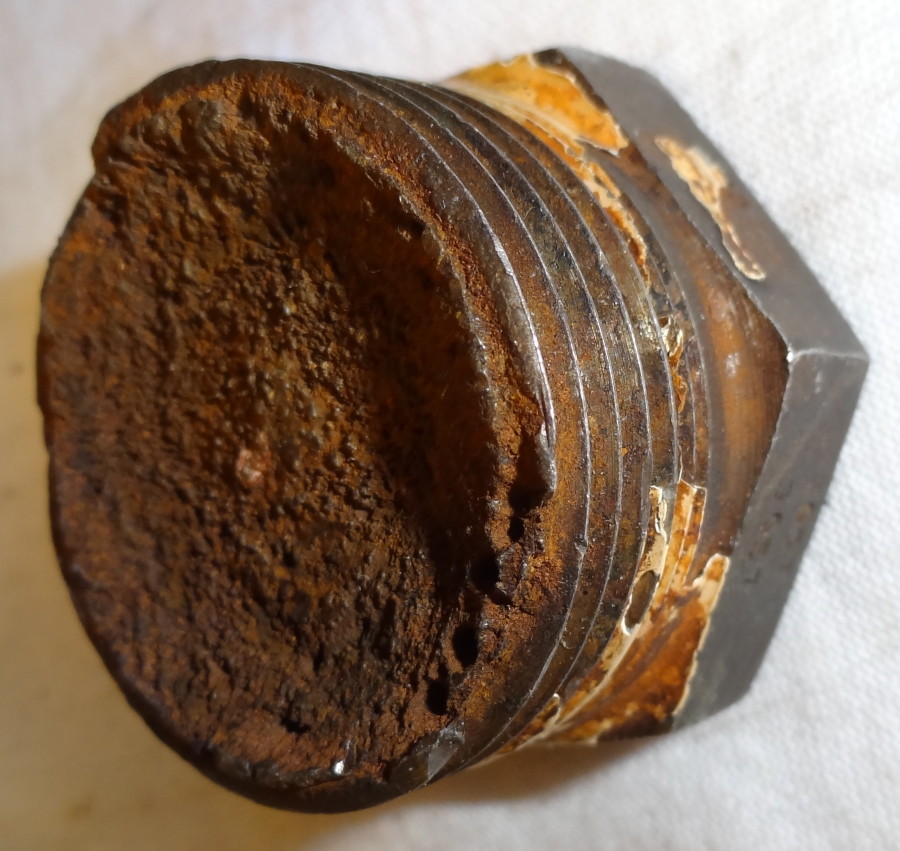Why I dislike NPT threads in a hydrocarbon system. Part one.
Ingolf Fra Holmslet has worked as a consultant and valve instructor in Norway since 1985. He has been responsible for the valve-training program for Statoil for the last 25 years.
Why I dislike NPT threads in a hydrocarbon system. Part one.

Fig. 1
There are many reasons why NPT (National Pipe Taper) threads are not among my favourite connections. First of all, there have been too many accidents associated with NPT threads. Secondly, there are many alternatives that are better and safer. It is also easy to make mistakes; NPT threads look very similar to ISO 7-1 BSPT (tapered threads), they will fit, but not seal due to different angles on the thread. There are also cylindrical threads that NPT can fit into, but it is completely unacceptable to do so. NPT male treads may only to be connected with NPT female threads of the same type.

Fig. 2
As we all know, there are NPT and NPTF (dryseal) threads. It is hard to see the difference with the naked eye. NPT need help to seal by using sealing paste or tape. Without this, the threads will have a spiral leak space between the major and minor diameters all the way up the threads, and out into the atmosphere. Which we don´t like!
NPTF have the same shape and the same angles, but the crest and root are higher, adjusted for an interference fit, and eliminating the spiral leakage space. ANSI B 1.20.1 covers NPT and ANSI B 1.20.3 the NPTF treads. To be able to produce the threads in a correct manner and in accordance with the regulations mention above, we need gauges to check the threads. To check the NPT we need L1 plug to check the female and L1 ring for the male threads. To check the NPTF we need the L2 and L3 gauge to check the minor and major diameters since they are critical to the sealing of the NPTF threads.
It seems to me that many (if not most) valve manufacturers have no clue about what a thread gauge is, and how to use it. We could be led to believe (wrongly?) that they have never heard of ANSI B 1.20.1 and B 1.20.3; at best they don’t care. It is easy to make a thread, you just drill a hole and use a thread tap. Maybe it´s too expensive to do things right; it takes time and expertise.
That was the technical side of it, what about the practical problems. If the female threads (the hole) and the male threads (the plug) are not in accordance with specifications, you will never know how many threads that are intersected. If we take a look at figure 1, on the plug to the right there are twice as many threads as the one on the left. It is easy to appreciate that if there is no standard plug length, you can never know how many threads are in there. There can be six or there can be two. In the worse case it can be like figure 2 where two of the three threads on the inside corroded away, and the plug took an early retirement and blew out, resulting in a major shutdown.

Fig. 5
When the valve manufacturer drills holes for machining NPT connections, the hole must be in the middle of the enlargement cast for the hole. Figure 5 is not the worst case that I have seen, I have seen the lubricant fitting positioned almost on the side of the enlargement. We have to take into consideration that when tightening the NPT connection, the force acts outwards, and you need strength from the steel all around the lubricant fitting to prevent cracks and leakage on the weakest side.
To be continued in next issue.
Do you want to download this article as a PDF?
Click here to download
Related Articles
Why I dislike NPT threads in a hydrocarbon system. Part two.


